MS Teams Direct Routing
Enable PSTN Calling for Microsoft Teams
You love the flexibility and efficiency of Microsoft Teams, but you need the robust calling features of a traditional phone system. No worries! Direct Routing for Microsoft Teams gives you the best of both worlds.
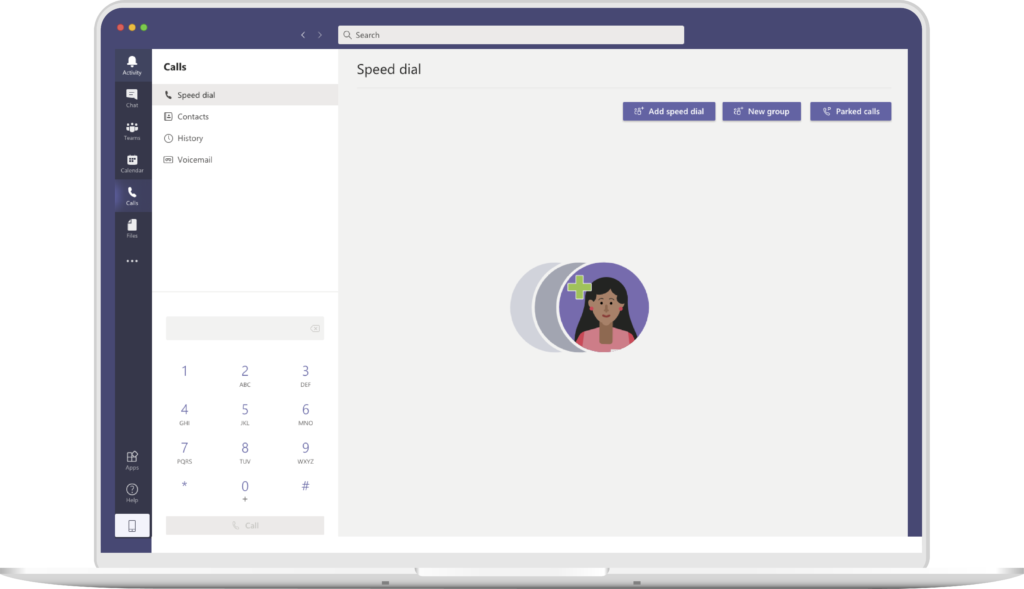
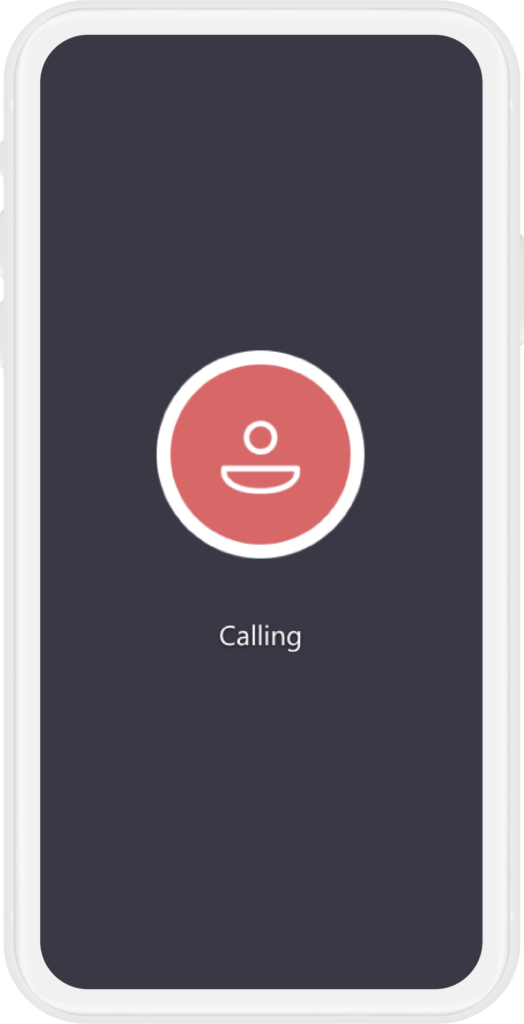

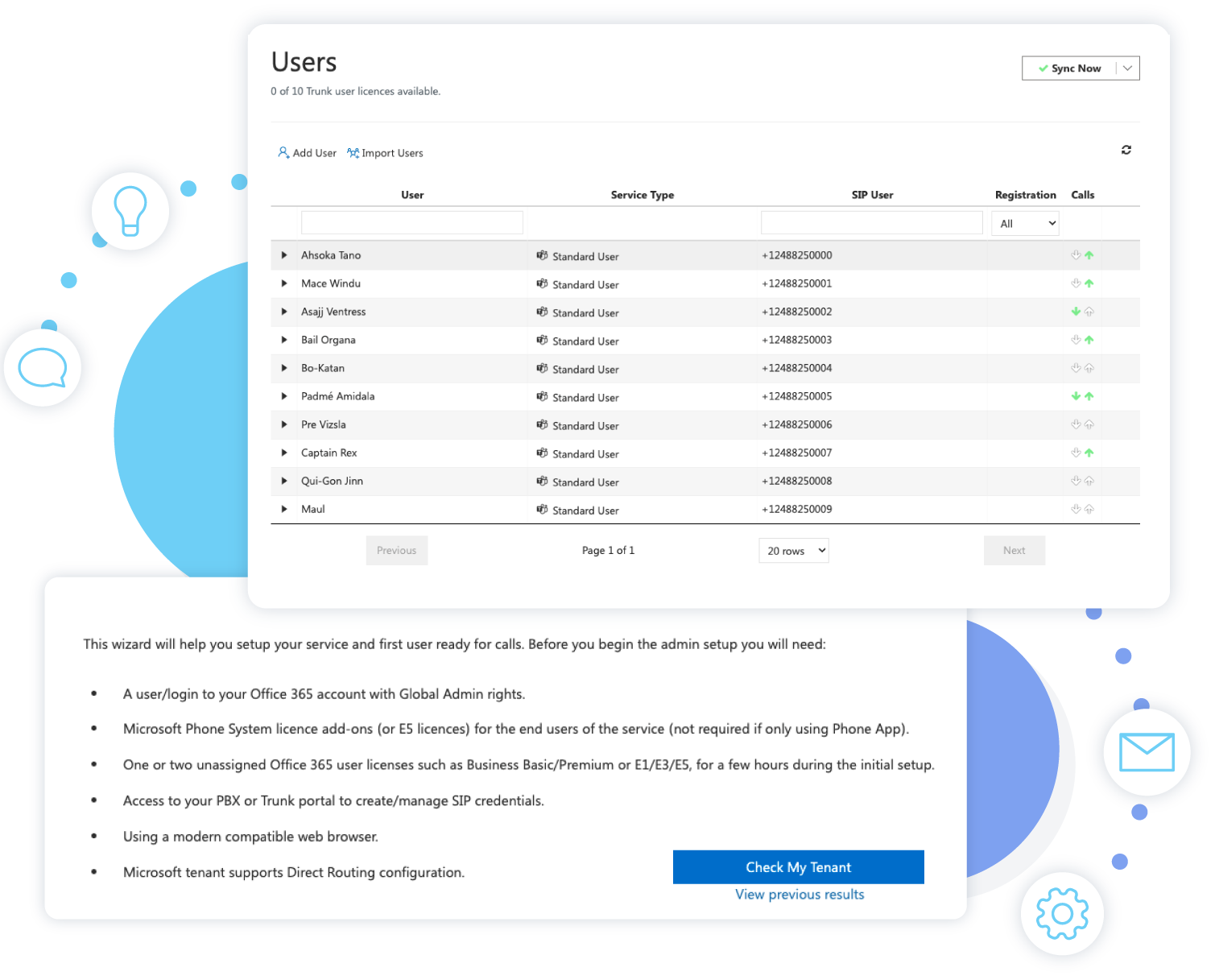
Service Management
Take control of your service with automated turn-up, self-provisioning, user assignment, telephone number management, reporting and analytics, caller ID management and so much more.
Cost Savings
Stop paying for PBX hardware and decrease your total cost of ownership (TOC) with Microsoft Teams and Direct Routing. Not only do you save on equipment, but TelNet charges by the trunk rather than the user — providing 50-70% savings over Microsoft Calling Plans. Plus, you can guarantee continuity with the flexibility and reliability of the cloud, so business never stops. Check out the sample comparison below to see how much you can save!
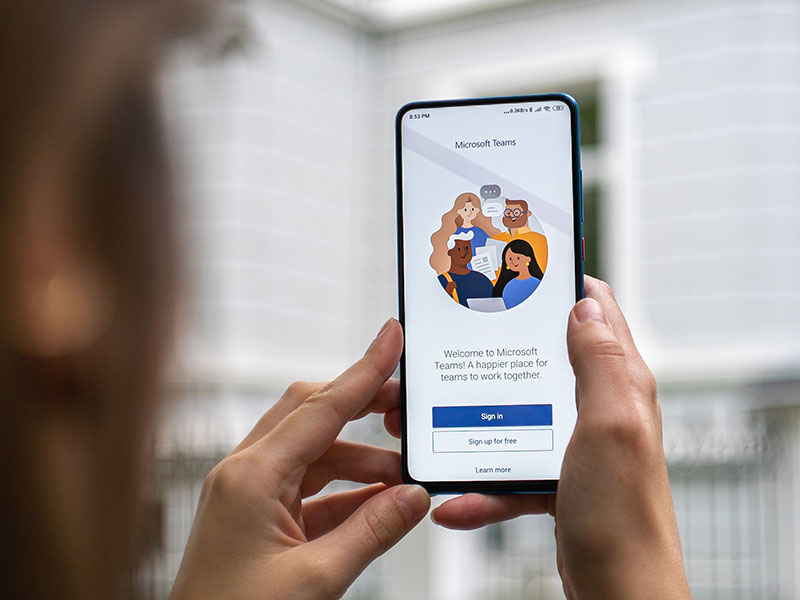
Example MRC Comparison
With our Direct Routing solution, you’re charged per path rather than per user. One call path serves up to four users, which means we’re about a quarter of the cost of our competitors!
| Microsoft Calling Plan | TelNet Direct Routing | |
|---|---|---|
| 400 Users | $4,800 | $0 |
| 100 SIP Paths | $0 | $1,100 |
| 400 Telephone Numbers | $0 | $100 |
| 3 Toll Free Numbers | $36 | $11.85 |
| 1,500 Local Minutes | $0 | $0 |
| 1,500 Long Distance Minutes | $0 | $0 |
| Total Monthly Cost | $4,836 | $1,240 |
| Total Investment (36 Month Term) |
$174,096 | $44,640 |
PBX Integration
lready have a PBX? No problem! We can extend your PBX functionality to individual Microsoft Teams users, so they’re always connected regardless of where they’re working. Our integrations work with dozens of PBX carriers. Don’t see yours here? Contact us for a full list.
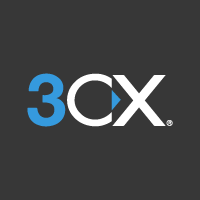
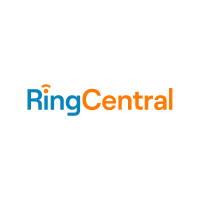


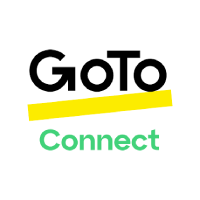
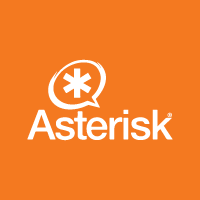
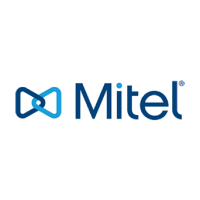
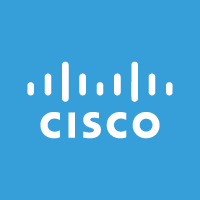
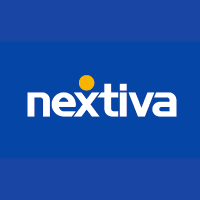




Convenience
Direct Routing enables carrier-grade cloud calling and PSTN access to organizations leveraging Microsoft Teams as their primary collaboration platform. Use one simple interface for all of your communication and collaboration needs, whether you’re communicating internally or externally, in the office or on the go.
Productivity
By centralizing all communication and collaboration within a single platform, users have continuous access to calling, chatting, meeting and collaborating from any device. And thanks to its native integration with the rest of Microsoft 365, users can make the most out of Microsoft’s collaboration tools from any location.

MS Teams Direct Routing Pricing
Startup
As low as-
1-10 Paths
-
e911
-
Calling Name and Number (CNAM)
-
Service Assurance
-
Call Forwarding by Time of Day
-
Service Management Portal
Small Business
As low as-
11-30 Paths
-
e911
-
Calling Name and Number (CNAM)
-
Service Assurance
-
Call Forwarding by Time of Day
-
Service Management Portal
Professional
As low as-
31-200 Paths
-
e911
-
Calling Name and Number (CNAM)
-
Service Assurance
-
Call Forwarding by Time of Day
-
Service Management Portal
Enterprise
As low as-
201-300 Paths
-
e911
-
Calling Name and Number (CNAM)
-
Service Assurance
-
Call Forwarding by Time of Day
-
Service Management Portal
Direct Routing Optional Features
Direct Routing FAQs
How does Direct Routing work?
Direct Routing works with a Session Border Controller (SBC) to connect to Teams and enable SIP Trunking, which is provided by your Communication Service Provider (CSP). After the full implementation, calls can be placed and received through the Public Switched Telephone Network (PSTN).
What do I need to get started with Direct Routing?
To get started with Direct Routing you’ll need:
• A Microsoft Phone System license. This can be purchased directly from Microsoft or through a Microsoft Partner of your choice
• SIP Trunking that’s MS Teams compatible from your communication service provider
Can I still use my desk and softphone with Direct Routing?
It depends. You can’t use just any device; it has to be Microsoft Teams compatible. So you can purchase one if you’d prefer, but it isn’t required. Microsoft’s user-friendly softphone is more than sufficient for most users and you can connect it directly to your desktop, laptop or mobile device.
Is Direct Routing easy to set up?
Yes! Our portal provides a step-by-step automation process to get your service turned up. This is typically completed within a 30-minute screen share session with a TelNet test and turn-up technician.
Is Direct Routing expensive? Will it cost more than my current system?
Generally, Direct Routing winds up being less expensive than investing in and maintaining a premise-based PBX. Direct Routing runs at an operating cost (month-to-month) as compared to purchasing a PBX upfront and maintaining it, which is a capital expense. So, with Direct Routing, you pay monthly for your MS Teams seats, just like you do for your Netflix account.
It’s also worth noting that TelNet charges per trunk rather than per user. So while you have to pay an additional $12 per user to implement cloud calling with Microsoft Calling Plans, you only pay a fraction of that with Direct Routing. In other words, while Microsoft’s Calling plans require one-to-one usage (each employee must have their own dedicated call path at all times), TelNet allows for a one-to-many model where users share call paths.
What are the features that come with Direct Routing?
Direct Routing has the same features as our standard SIP Trunking solution, such as:
- e911: Enhanced 911 is a service that automatically delivers a caller’s location and call-back number to emergency response teams.
- Call Forwarding: A feature that lets you forward calls to a different phone number.
- Automatic Failover: A business continuity feature that redirects calls automatically to another phone number upon failure to connect the call to the original number.
- CNAM: Short for Caller ID Name, CNAM is the caller ID displayed with an incoming call.
- Management Portal: A web-based platform for service management, which can be accessed via desktop, laptop or mobile device.




